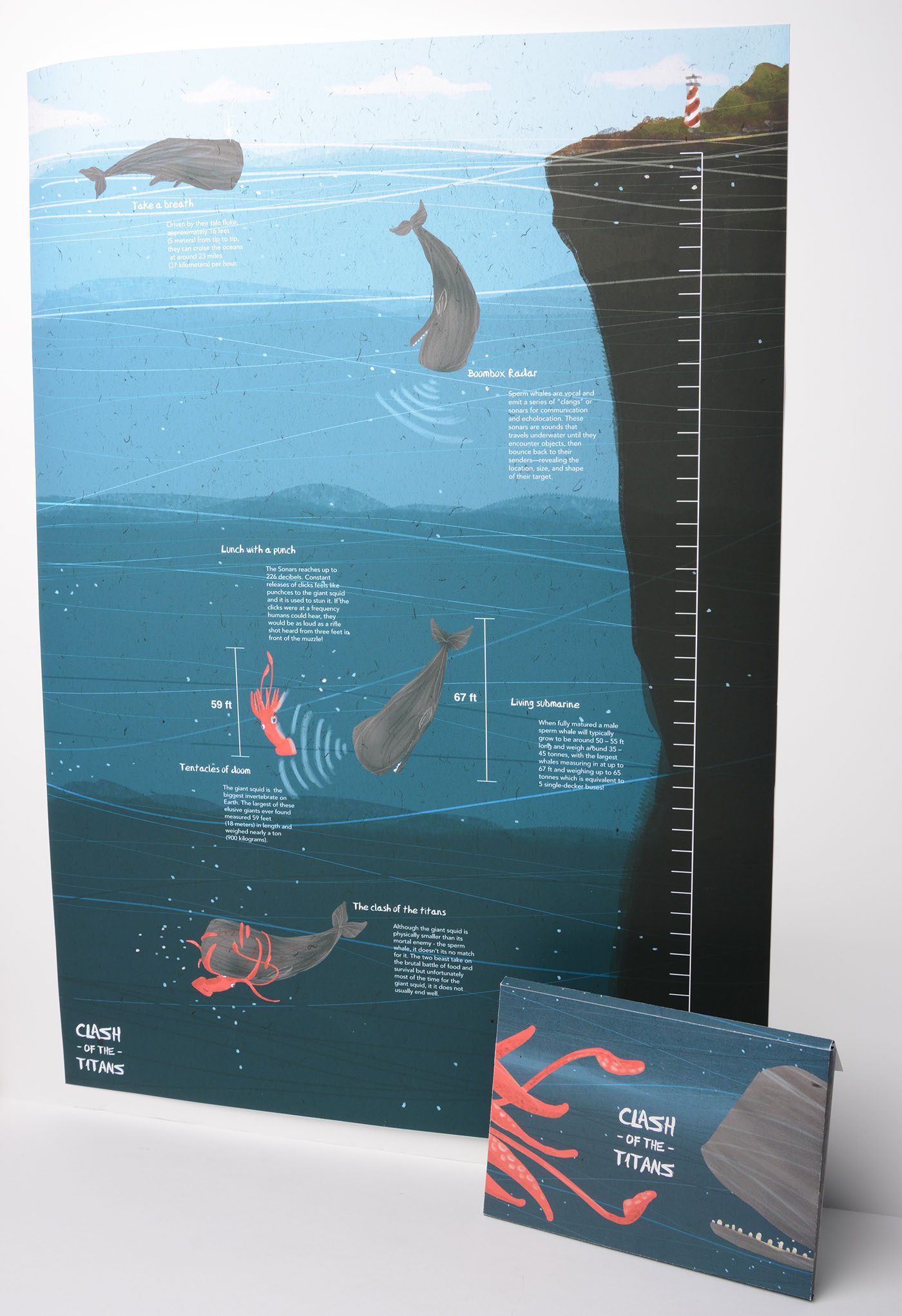The Blue Whale is the largest animal on Earth, reaching lengths of up to 100 feet and weighing as much as 200 tons, while the largest Giant Squid ever recorded measures 43 feet and weighs around 660 pounds. The Blue Whale is a mammal with a large blubber layer to keep it warm, while the Giant Squid is an invertebrate that moves through water with jet propulsion and changes color and texture to blend in with surroundings. Blue Whales are peaceful and filter-feed on krill, and are mostly found in cold waters near the poles, while Giant Squids are aggressive and feed on fish and other animals, and are mostly found in deep ocean waters. Blue Whales have few natural predators but are threatened by humans, while Giant Squids use ink and their ability to change color to escape predators. Despite their differences, both creatures are equally fascinating and illustrate the diversity of life in the ocean.
Introduction
When it comes to comparing the largest creatures in the sea, two animals immediately come to mind: the Blue Whale and the Giant Squid. These creatures are both massive and awe-inspiring in their own ways. In this article, we will compare and contrast the Blue Whale and the Giant Squid to see how they stack up against each other in terms of size, behavior, and more.
Size
The Blue Whale is the largest animal on Earth, with adult males reaching lengths of up to 100 feet and weighing as much as 200 tons. In comparison, the Giant Squid is much smaller, with the largest specimen ever recorded measuring 43 feet from the tip of its tentacles to the end of its mantle. The Giant Squid also weighs much less than the Blue Whale, with the heaviest specimen ever recorded weighing in at around 660 pounds.
Physiology
The Blue Whale is a mammal, meaning it breathes air and nurses its young. It also has a large blubber layer to keep it warm in cold ocean waters. The Giant Squid, on the other hand, is an invertebrate and uses jet propulsion to move through the water. It also has the ability to change the color and texture of its skin to blend in with its surroundings.
Habitat
Blue Whales are found in all of the world’s oceans, but are most commonly seen in the Northern and Southern Hemispheres. They prefer colder waters and are often seen near the poles. Giant Squids are found in deep ocean waters and are rarely seen near the surface. They are found in all of the world’s oceans as well, but are most commonly seen in the North Atlantic and Pacific Oceans.
Behavior
Blue Whales are known for being peaceful creatures, often traveling alone or in small groups. They feed on krill and other small creatures, using their massive mouths to filter feed. Giant Squids, on the other hand, are more aggressive and are known to attack their prey using their powerful tentacles. They feed on fish, other squid, and even larger animals like sharks.
Defense Mechanisms
The Blue Whale has few natural predators due to its massive size. However, it is still threatened by humans and can be injured or killed by entanglement in fishing gear, ship strikes, and pollution. The Giant Squid has fewer natural predators as well, but is often preyed upon by larger whales and deep-sea predators. It uses ink and its ability to change color to confuse predators and make a quick escape.
Conclusion
While the Blue Whale and the Giant Squid are both massive creatures of the sea, they are vastly different in terms of size, physiology, habitat, behavior, and defense mechanisms. Each animal has its own unique adaptations that make it well-suited to life in the ocean. Despite their differences, both of these creatures are equally fascinating and remind us of the incredible diversity of life in the ocean.
